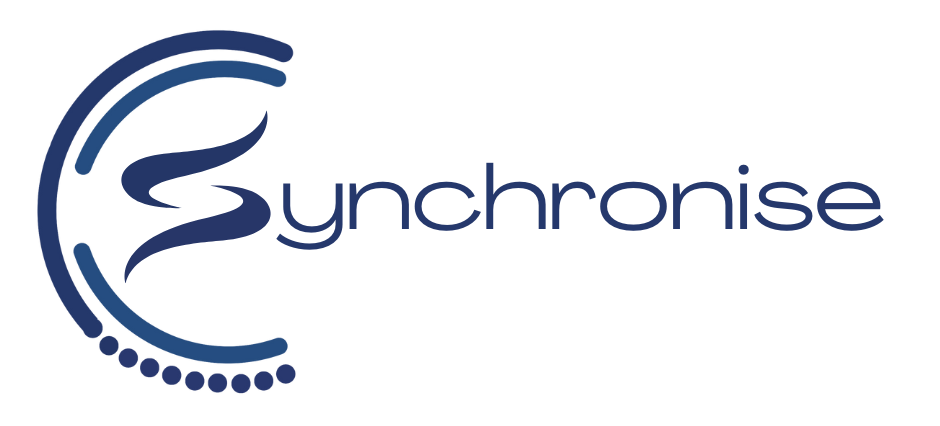The world of work has undergone a significant transformation in recent years, driven largely by the rapid evolution of technology and the changing preferences of employees and employers alike. One of the most profound shifts has been the move from traditional office-based work to remote work, commonly referred to as Work-from-Home (WFH). However, as the world adapts to new realities, we are witnessing a disruption in this trend as organisations reconsider the balance between WFH and Work-from-Office (WFO). This article explores the factors contributing to this disruption and the potential implications for the future of work.
The Rise of WFH
The advent of the internet and advancements in communication technology have made remote work a viable option for many professions. In recent years, WFH gained prominence due to its numerous advantages. Employees enjoy greater flexibility, reduced commuting time, and an improved work-life balance. Employers benefit from cost savings on office space and access to a wider talent pool. This shift was further accelerated by the COVID-19 pandemic, forcing many organisations to embrace remote work as a necessity.
Challenges and Limitations
While WFH has brought about many benefits, it has also highlighted certain challenges and limitations. One of the most significant concerns is the potential for reduced collaboration and innovation. Remote work can hinder spontaneous interactions, which often lead to creative solutions and the development of new ideas. Additionally, some employees struggle with feelings of isolation and a blurred boundary between work and personal life.
The Hybrid Approach
Recognising the need to strike a balance between WFH and WFO, many organisations are adopting a hybrid approach. This approach allows employees to work remotely for part of the week and spend the remaining time in the office. The hybrid model seeks to combine the best of both worlds, offering flexibility and in-person collaboration when necessary.
Factors Driving the Disruption
Several factors are driving the disruption of the WFH/WFO balance:
Employee Preferences: Employees have varied preferences when it comes to where they work. Some value the convenience of WFH, while others miss the social aspect of the office. Organisations must consider these preferences to attract and retain top talent.
Collaboration and Creativity: Many organizations have realized that certain tasks, such as brainstorming sessions and team-building activities, are more effectively carried out in a physical office environment. This has led to a renewed appreciation for the benefits of WFO.
Organisational Culture: Maintaining a strong organisational culture can be challenging in a remote work environment. Companies are now reevaluating the role of the office in fostering a sense of belonging and shared values among employees.
Security and Data Privacy: With remote work comes increased cybersecurity risks. Protecting sensitive data and ensuring compliance with data privacy regulations are top priorities for organizations, prompting some to reevaluate their WFH policies.
Talent Attraction and Retention: In a competitive job market, offering flexibility through a hybrid model can be a valuable recruitment tool. Companies are leveraging this to attract and retain top talent.
Implications for the Future
The disruption of changing WFH to WFO has far-reaching implications for the future of work. As organisations adapt to this new reality, they must carefully consider their policies, technology infrastructure, and physical office spaces. Here are a few potential outcomes:
Redefining Office Spaces: Offices may evolve into collaboration hubs, emphasizing spaces for teamwork, innovation, and employee interaction rather than individual workstations.
Technological Advancements: Continued investment in technology will be crucial to support remote work and ensure data security. This includes robust video conferencing, cloud-based collaboration tools, and cybersecurity measures.
Flexibility as a Perk: Flexible work arrangements will become a key perk for attracting and retaining talent. Companies that offer a well-balanced WFH/WFO approach may gain a competitive edge.
Reviving Organisational Culture: Organisations will need to find creative ways to foster a strong culture, regardless of where employees are located. This may involve virtual team-building activities and regular check-ins.
The disruption of changing WFH to WFO reflects the ongoing evolution of work in the modern era. While remote work is here to stay, it will coexist with a renewed appreciation for the benefits of in-person collaboration. Striking the right balance between WFH and WFO will be essential for organisations looking to thrive in the post-pandemic world, and the hybrid approach offers a promising solution that accommodates both employee preferences and business needs. As the future of work continues to unfold, adaptability and innovation will be key drivers of success.
For more information give us a call. We’d love to chat and assist you to reach your goals.


